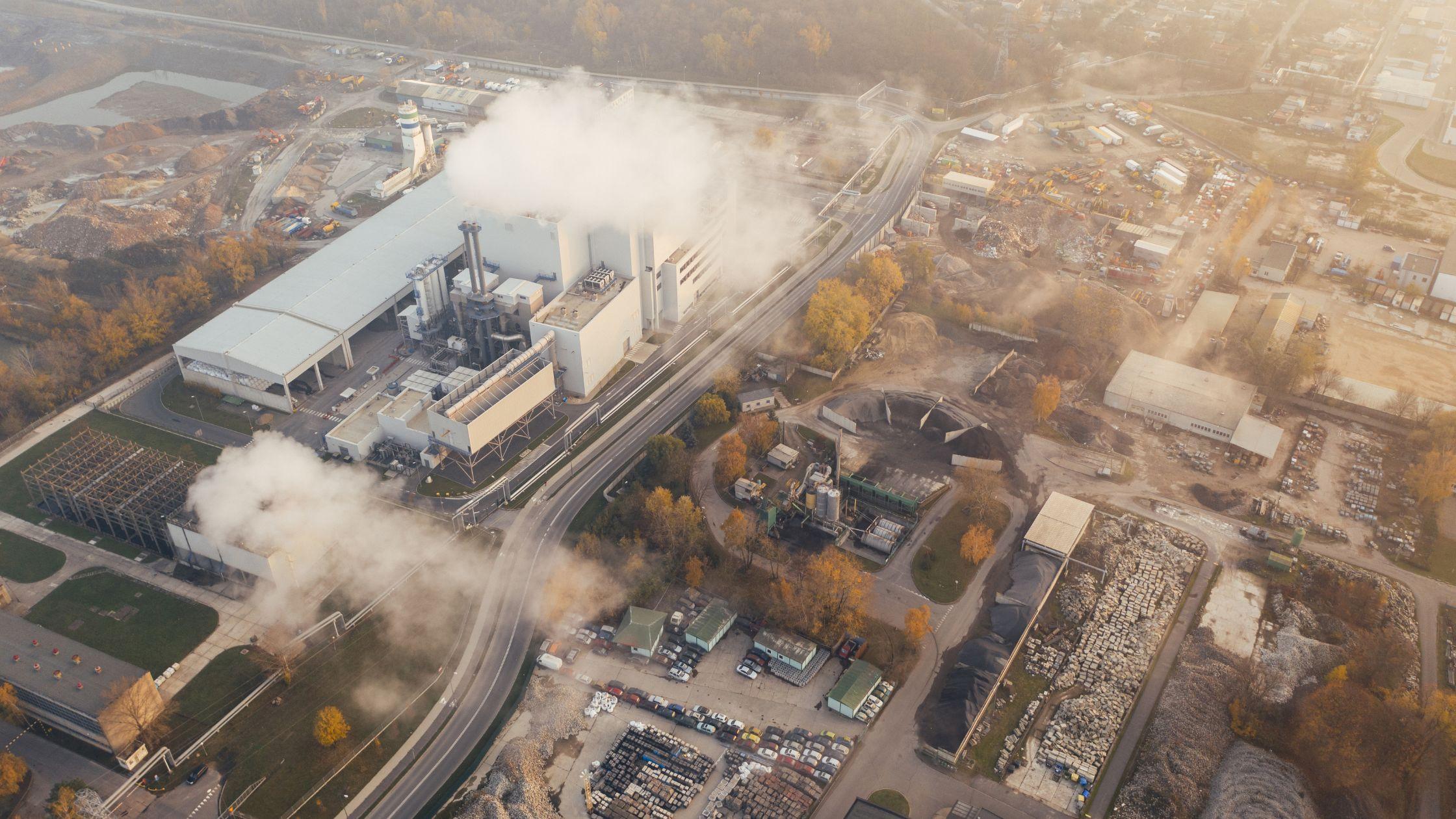Sept 18, 2023 | CONAL LOVE

As the world grapples with the urgent need to address climate change and reduce greenhouse gas emissions, organisations are increasingly recognizing the importance of developing effective strategies to curb their carbon footprint. One of the key tools in this endeavour is a Carbon Reduction Plan (CRP).
In this blog post, we will delve into what a Carbon Reduction Plan entails, why organisations require one, what should be included, how to get started, and the importance of creating a clear reporting methodology.
What is a Carbon Reduction Plan?
A Carbon Reduction Plan is a comprehensive strategy devised by organisations to reduce their greenhouse gas (GHG) emissions and mitigate their impact on climate change.
It outlines specific targets, initiatives, and actions to be implemented over a defined period to achieve meaningful reductions in carbon emissions. CRPs serve as roadmaps for organisations to transition towards a low-carbon economy and supporting net zero goals.

Why do organisations need a Carbon Reduction Plan?
Organisations require a Carbon Reduction Plan for several reasons. Firstly, it demonstrates their commitment to environmental stewardship and sustainability. 81% of consumers in a PwC survey stated that they expect organisations to be environmentally conscious in their advertising, and to do so transparently organisations have to be environmentally conscious to begin with. Having a CRP is a key step toward governing and maintaining true environmental commitment.
Investing in environmental initiatives, organisations can enhance their reputation, attract these environmentally conscious customers, and gain a competitive edge in a changing marketplace.
Additionally, in the UK, PPN 06/21 requires organisations tendering for government contracts to present a carbon reduction plan as part of those proposals. Having a CRP is no longer just about being environmentally conscious – it is commercially essential to doing business in the future.
What should be included?
A well-designed Carbon Reduction Plan should include the following elements:
- Baseline assessment: Conduct a comprehensive assessment of the organization's current emissions profile, including scopes 1, 2, and 3 emissions. This analysis provides a benchmark against which progress can be measured.
- Clear reduction targets: Set specific, measurable, achievable, relevant, and time-bound (SMART) targets to guide the organization's emission reduction efforts. These targets should align with international climate goals, such as the Paris Agreement.
- Actionable initiatives: Identify and prioritize a range of initiatives and projects that will enable the organization to achieve its emission reduction targets. This may include energy efficiency improvements, renewable energy adoption, sustainable transportation strategies, waste reduction measures, and employee engagement programs.
- Resource allocation: Define the necessary resources, including financial, technological, and human, required to implement the initiatives outlined in the plan successfully.
- Monitoring and reporting mechanisms: Develop robust systems to track progress, measure emissions, and report on the organisation's carbon reduction achievements. Regular monitoring ensures accountability and allows for adjustments if targets are not being met.

How to get started?
To embark on developing a Carbon Reduction Plan, organisations can follow these key steps:
a. Commitment from top management: Obtain leadership buy-in and establish a clear mandate for carbon reduction efforts throughout the organisation.
b. Establish a dedicated team: Assemble a cross-functional team responsible for designing, implementing, and monitoring the CRP. This team should include representatives from various departments, including sustainability, operations, finance, and human resources.
c. Conduct a baseline assessment: Assess the organisation's current emissions profile and identify emission hotspots to inform target setting and the selection of mitigation strategies.
d. Set ambitious targets: Establish emission reduction targets that align with global climate goals and are ambitious yet achievable.
e. Develop an action plan: Identify and prioritise initiatives that will contribute to achieving the targets set. Determine the necessary resources and timelines for implementation.
f. Implement, measure, monitor, report and adjust: Execute the initiatives outlined in the plan, regularly monitor progress, and adjust as needed to stay on track.
Why is a clear methodology important?
Reporting is the most important part of carbon reduction. Without data it's impossible for organisations to track the impact of investments and understand whether the actions they are taking are reducing carbon outputs.
Behind reporting however is a clear methodology that makes data capture simple. Without consistent reporting processes and good governance to reinforce them, organisations leave themselves exposed to a myriad of issues and challenges. Data will become scattered, inaccurate and significant amounts of time will be wasted collating reports.
Investing in a proven methodology, such as the one we provide at SustainIQ, can help companies start off on the right foot. Grab a chat with us to see how it could work for!
Reporting is the most important part of carbon reduction. Without data it's impossible for organisations to track the impact of investments and understand whether the actions they are taking are reducing carbon outputs.
Behind reporting however is a clear methodology that makes data capture simple. Without consistent reporting processes and good governance to reinforce them, organisations leave themselves exposed to a myriad of issues and challenges. Data will become scattered, inaccurate and significant amounts of time will be wasted collating reports.
